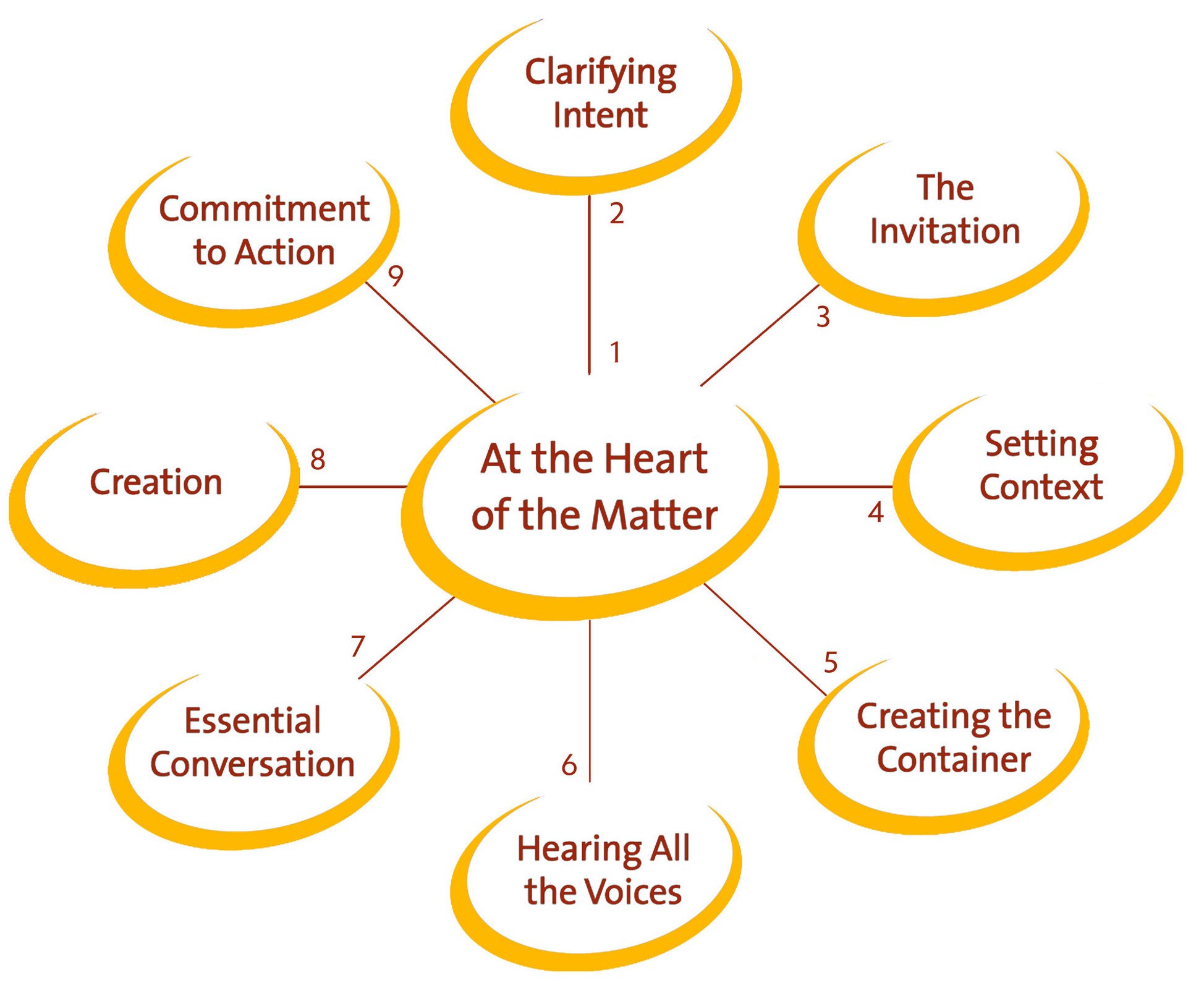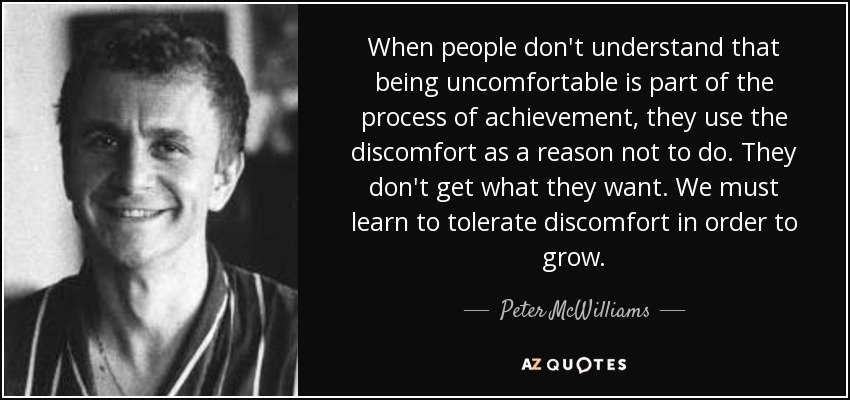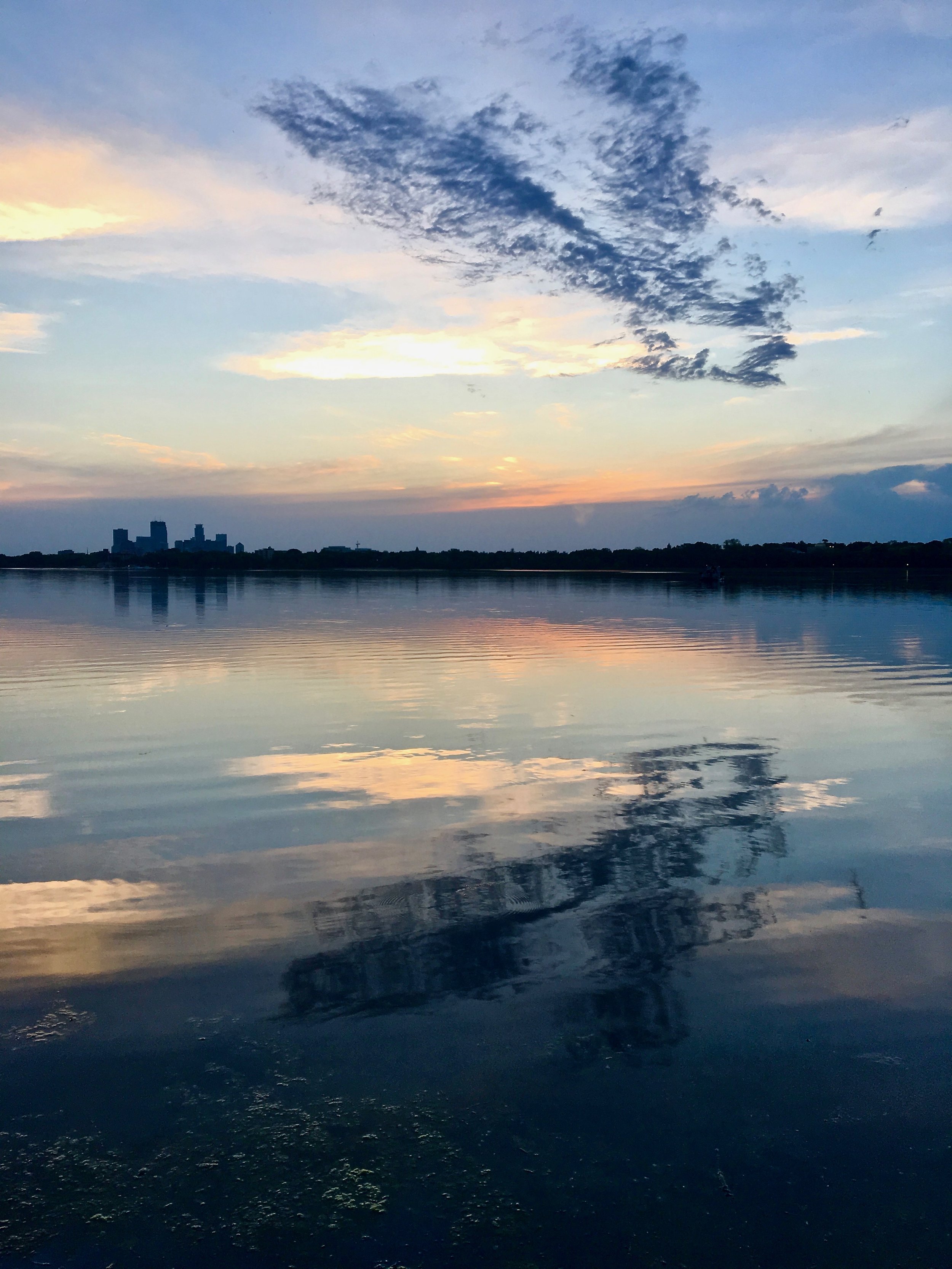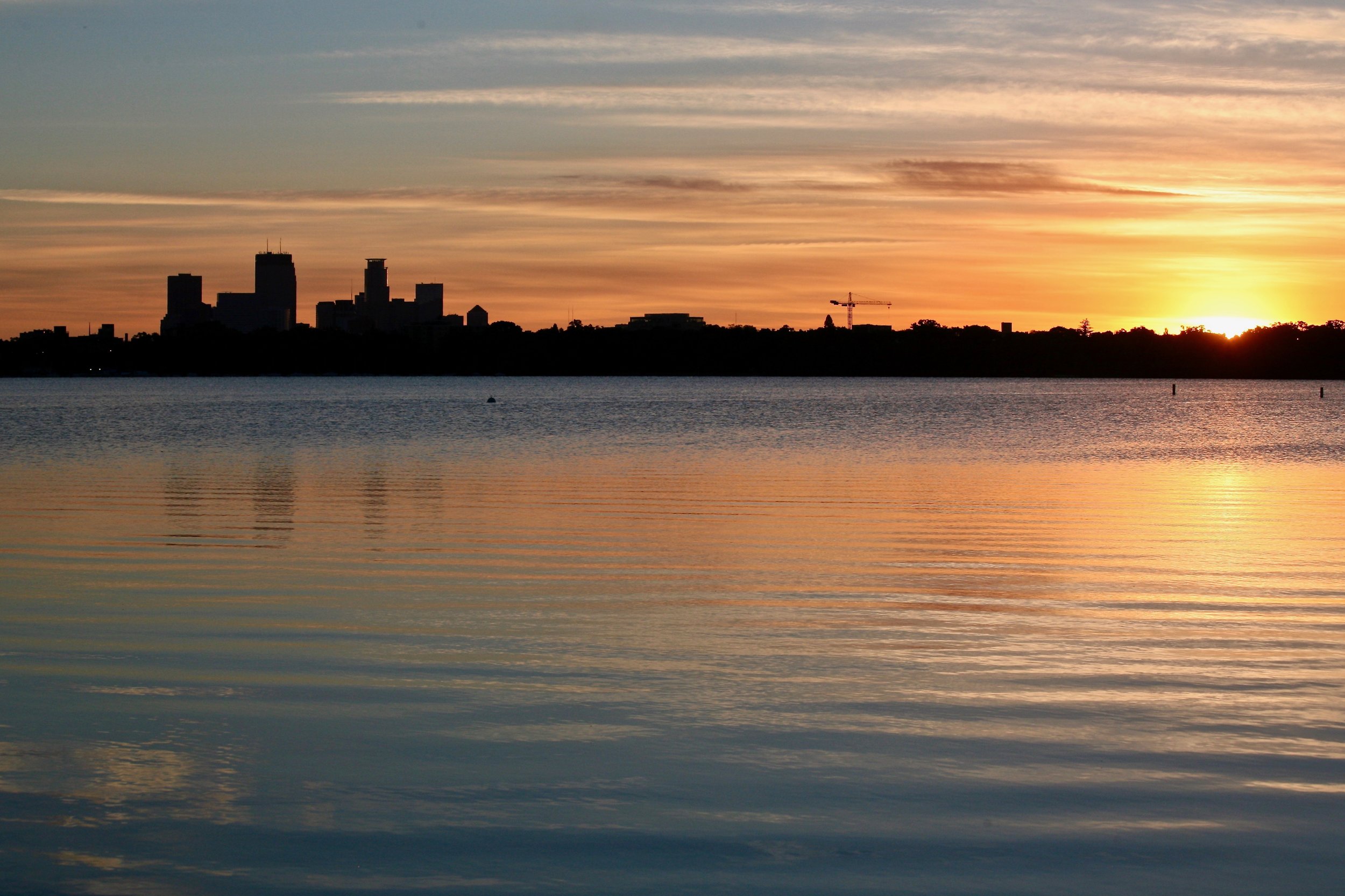Sandy Heierbacher, Director of the National Coalition for Dialogue & Deliberation (NCDD), was our VisionHolder interview tonight.
NCDD brings together people and groups who actively practice, promote and study inclusive, high quality conversations.Our wide ranging conversation about the NCDD network (700 members) and her vision for it articulated the spectrum of dialogic and deliberative practice and how people can make informed decisions about which approaches to use in different circumstances.
I've been to 2 of the 3 NCDD conferences and have been struck by the variety and diversity of voices within the "movement". As conveners of essential conversations we are vitally interested in how people are bringing their voices to their communities and organizations. As an example of the maturation of this field they have identified 4 "streams of practice". read on......
D&D Streams of Practice
NCDD uses the term “streams of practice” to discern the various types
of dialogue and deliberation programs and methods out there. Although
there are more streams than just these four, these four streams outline
the four main purposes practitioners, communities, public leaders and
others use dialogue and deliberation.
Exploration
The “exploration” stream of D&D practice is used primarily to
encourage people and groups to learn more about themselves, their
community, or an issue, and to possibly discover innovative solutions.
We consider Bohmian Dialogue, World Café, Conversation Café, Council
process, and Open Space to be proven methods for exploration.
Conflict transformation
The “conflict transformation” stream of practice is focused on
resolving conflicts, fostering personal healing and growth, and
improving relations among groups. Sustained Dialogue, Victim-Offender
Mediation, Public Conversations Project dialogues, and Web Lab’s Small
Group Dialogue are effective methods for transforming conflict.
Decision-making
The “decision-making” stream of practice is focused on influencing
decisions and policy, and improving public knowledge. Some of the
methods that fall under this category are National Issues Forums,
Citizens Juries, Deliberative Polling, 21st Century Town Meeting,
Citizen Choicework, and Consensus Conference.
Collaborative action
The “collaborative action” stream is focused on empowering people and
groups to solve complicated problems and take responsibility for the
solution. Study Circles, Future Search, and Appreciative Inquiry are
considered part of this stream.


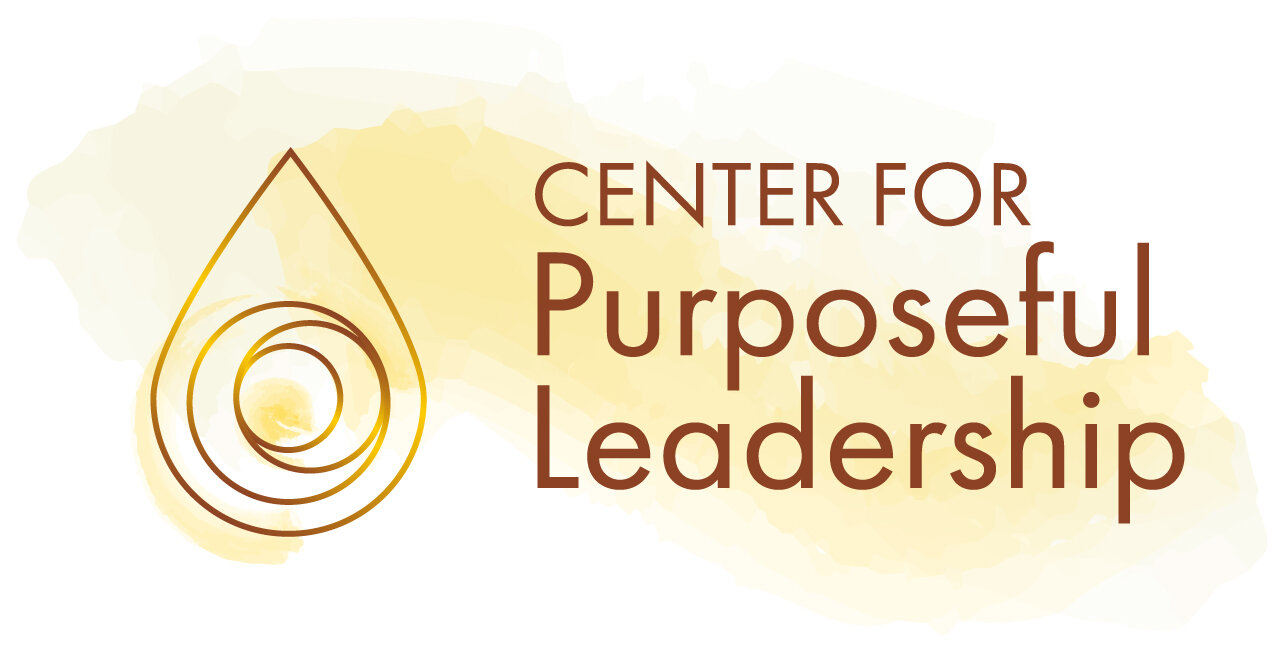
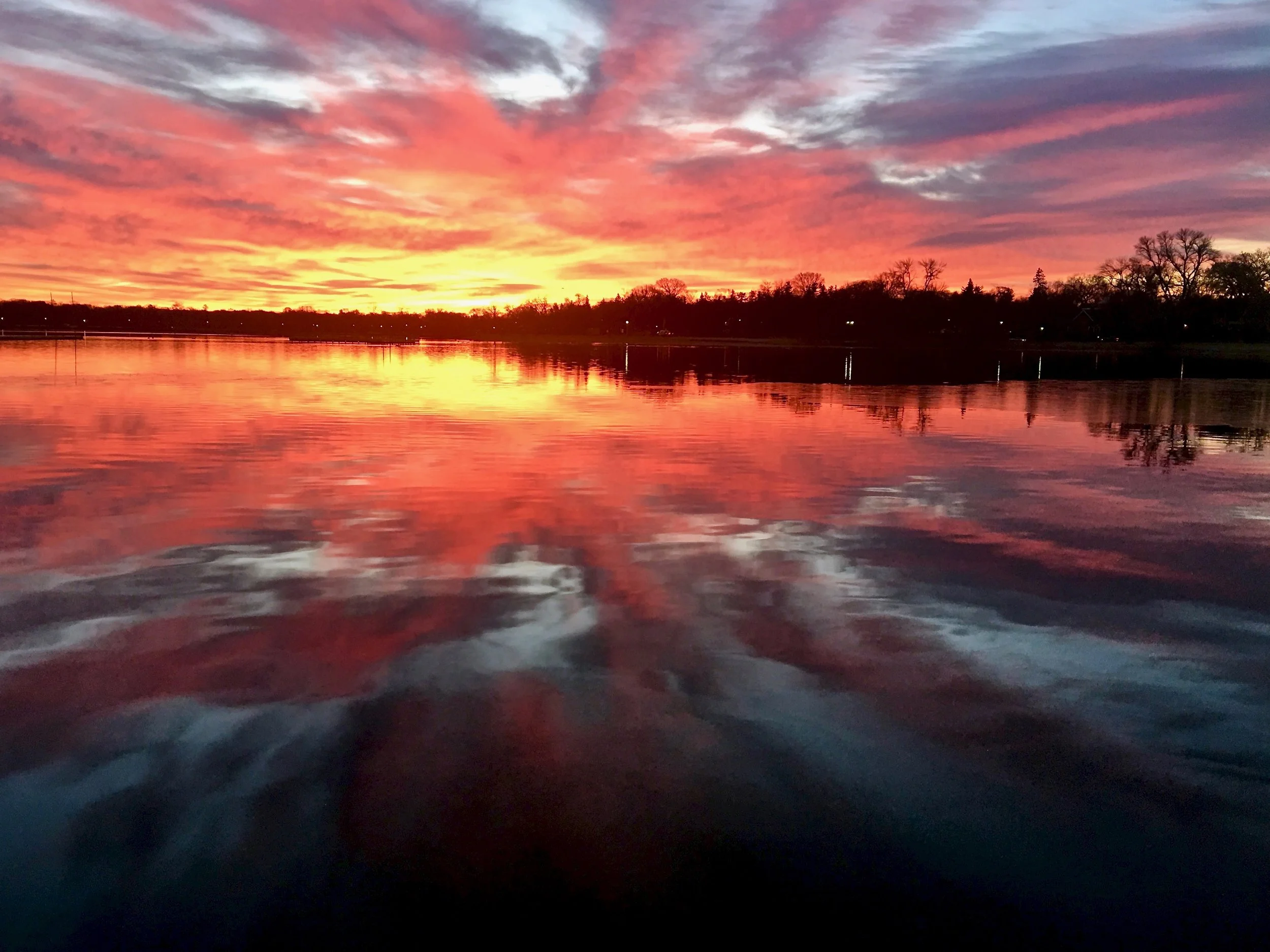
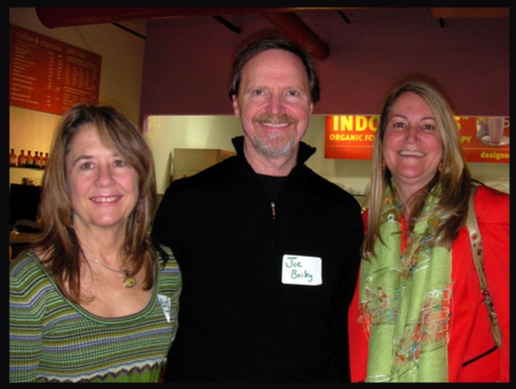
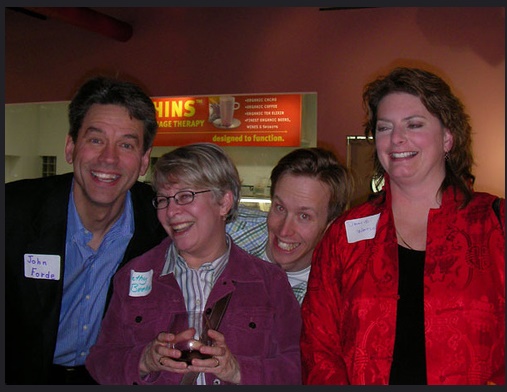
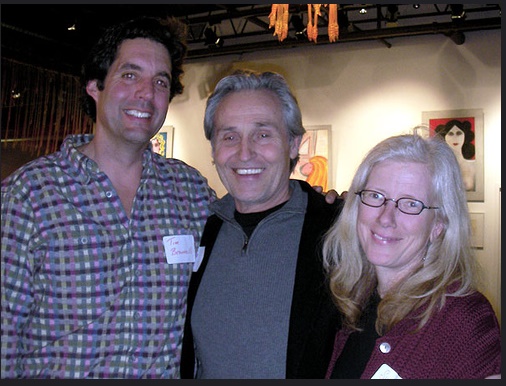
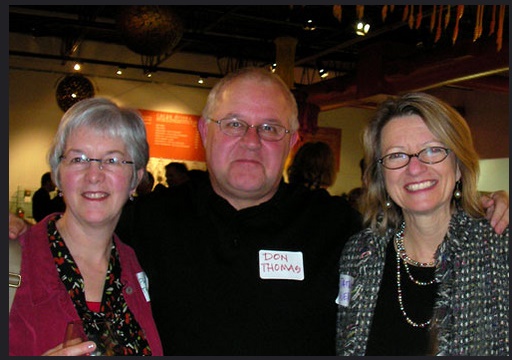
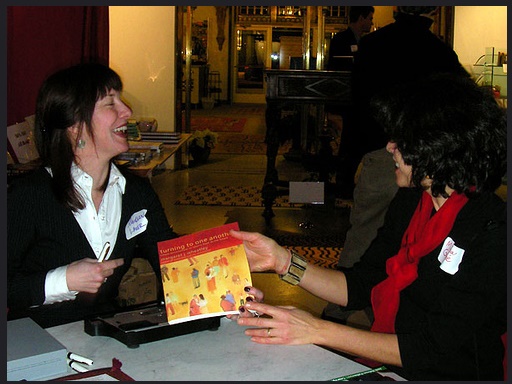





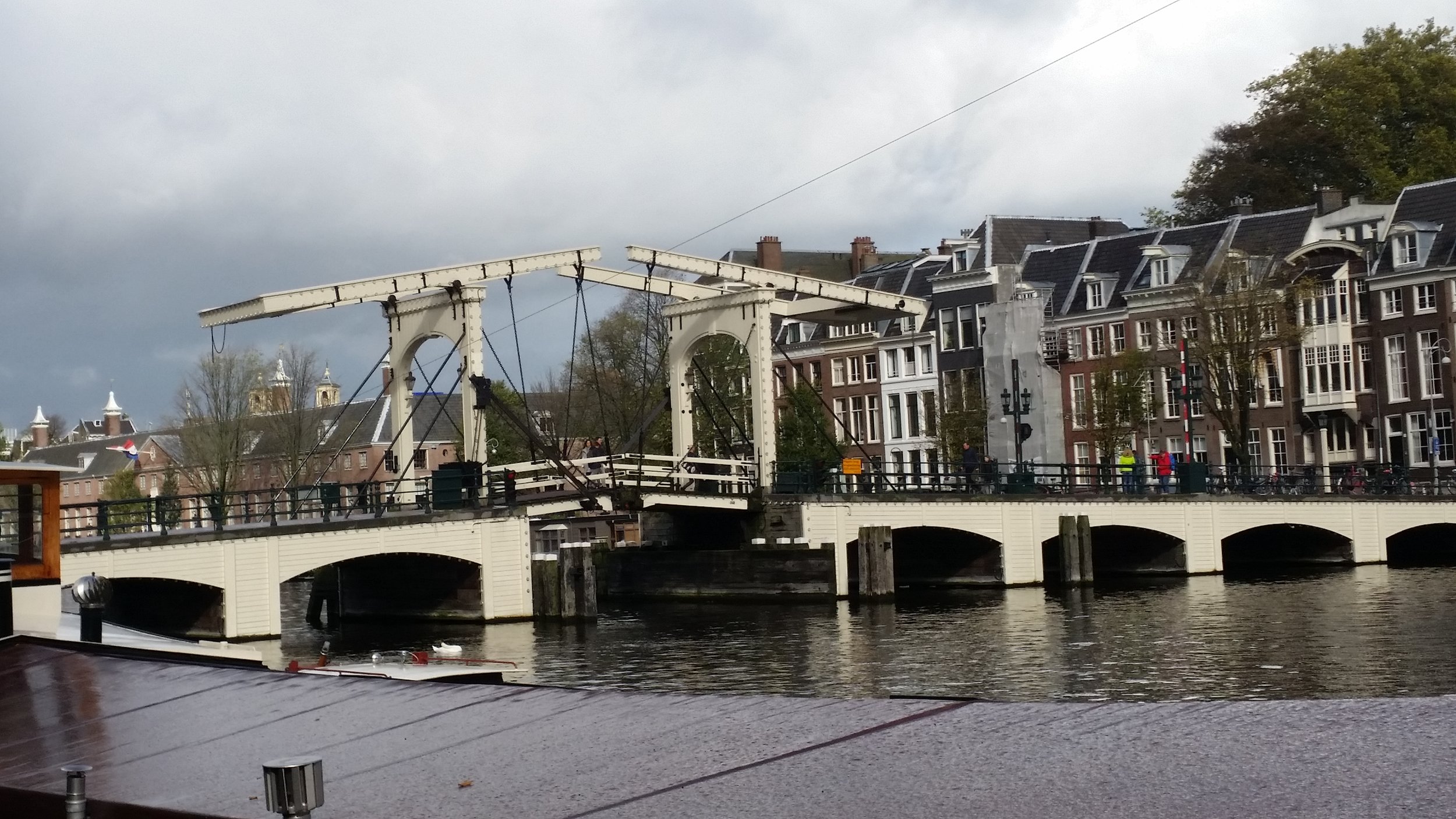







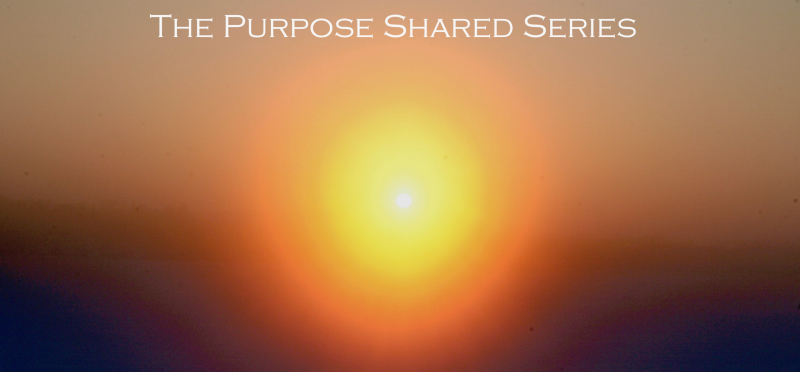
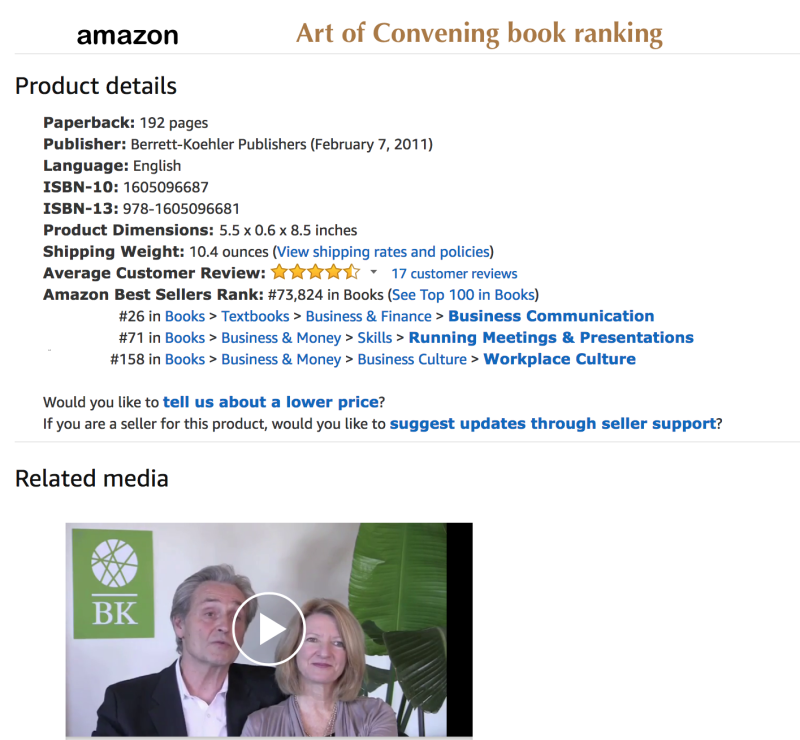
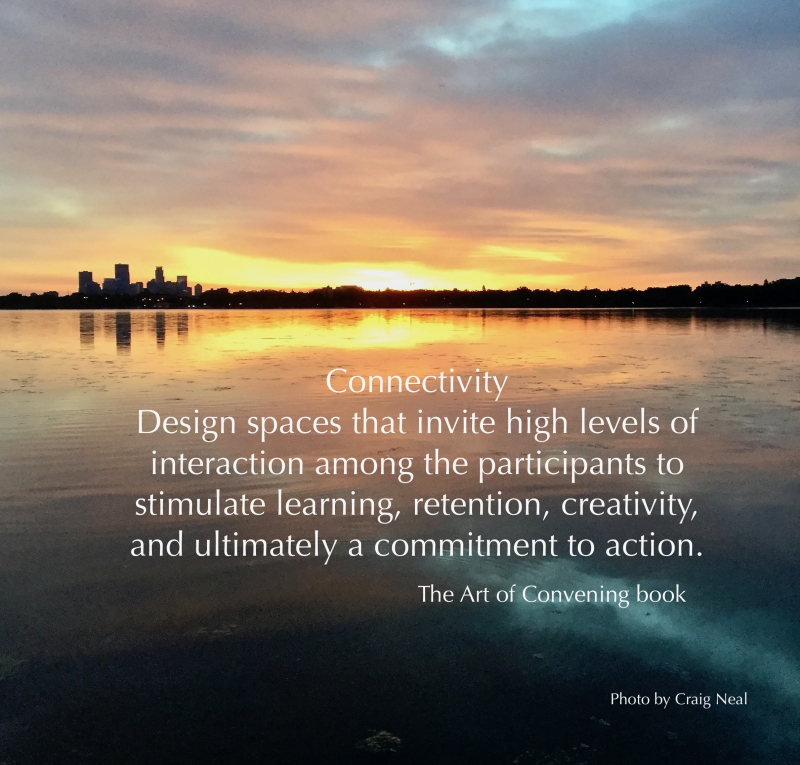
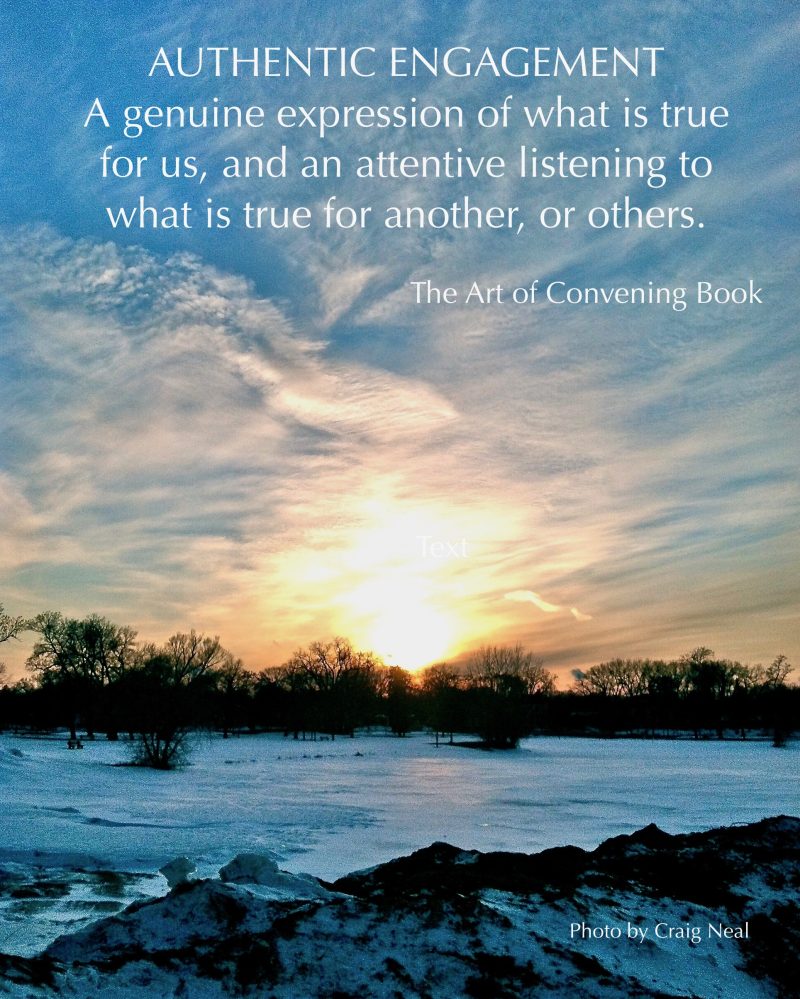
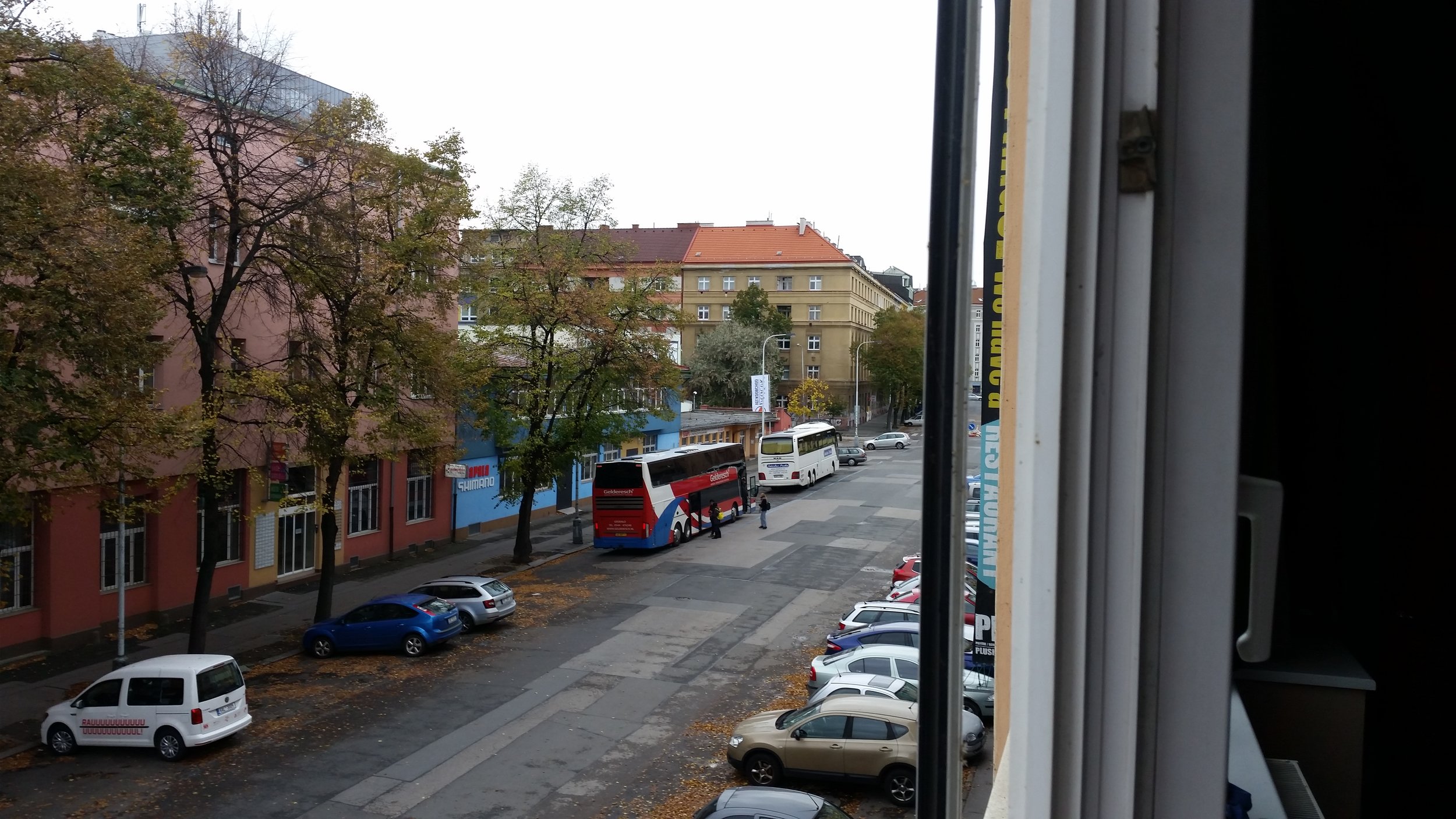
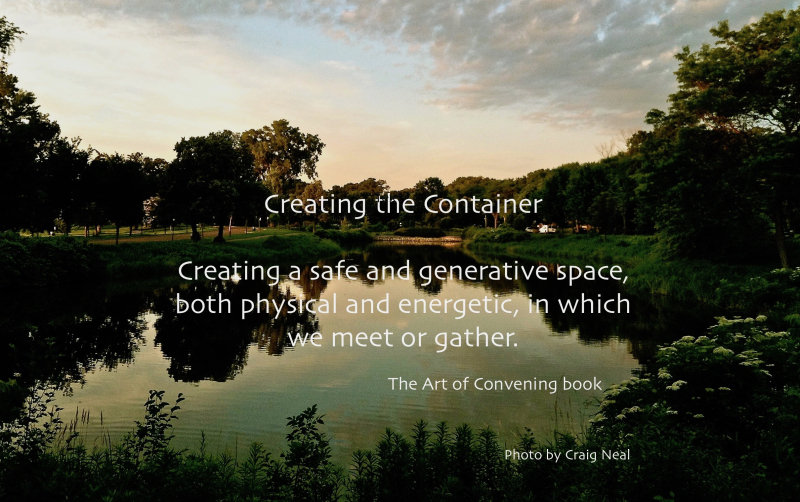














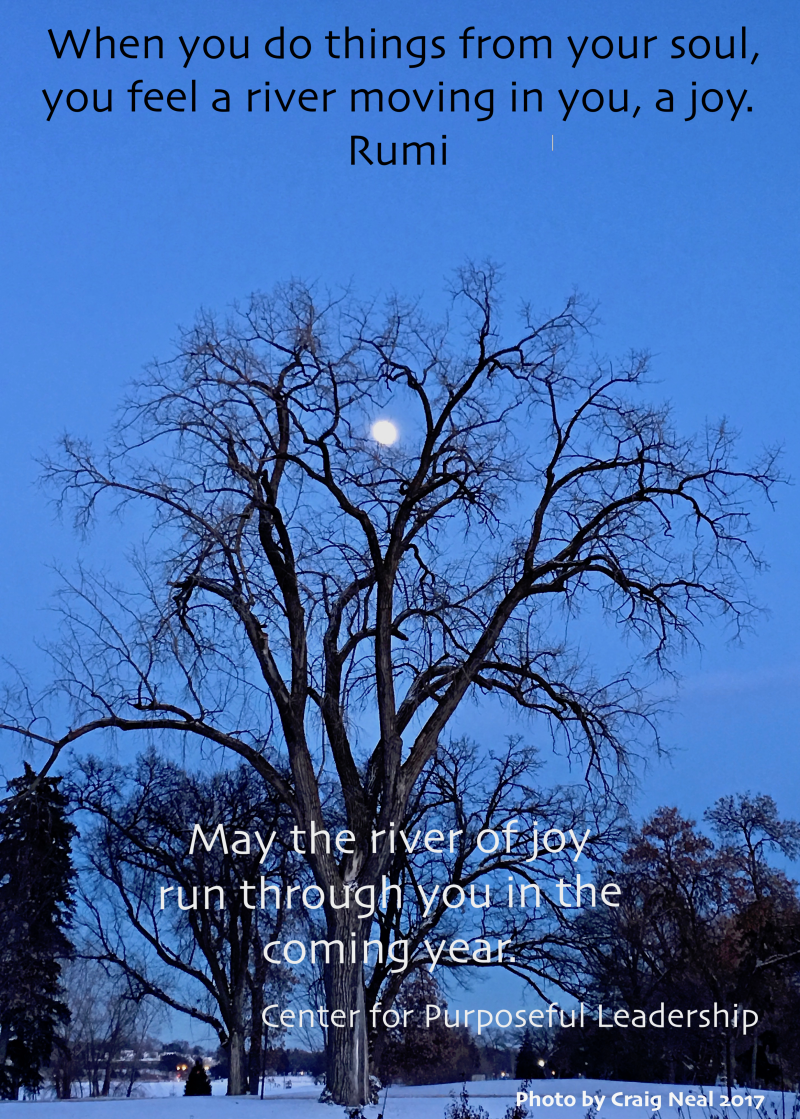















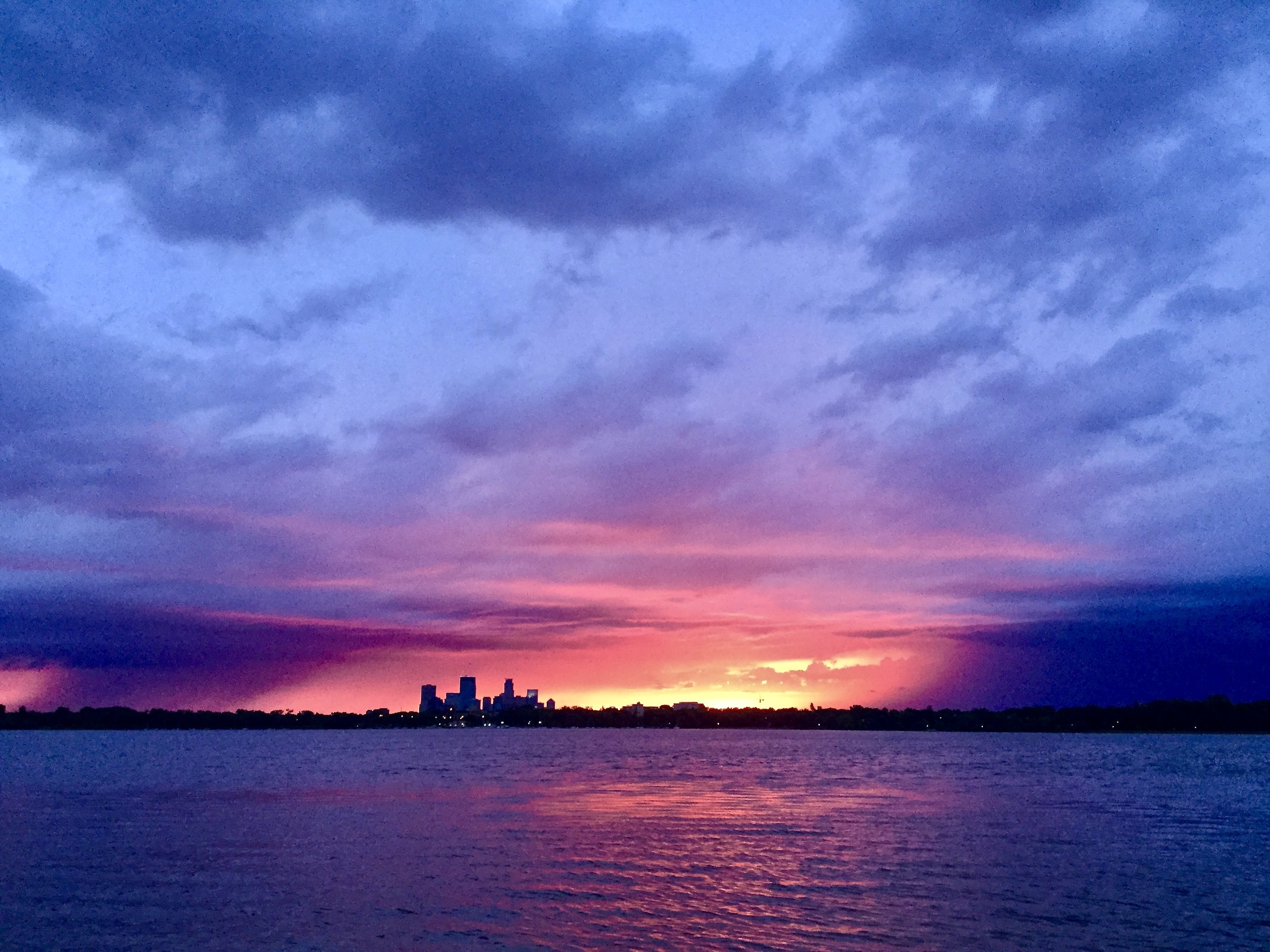
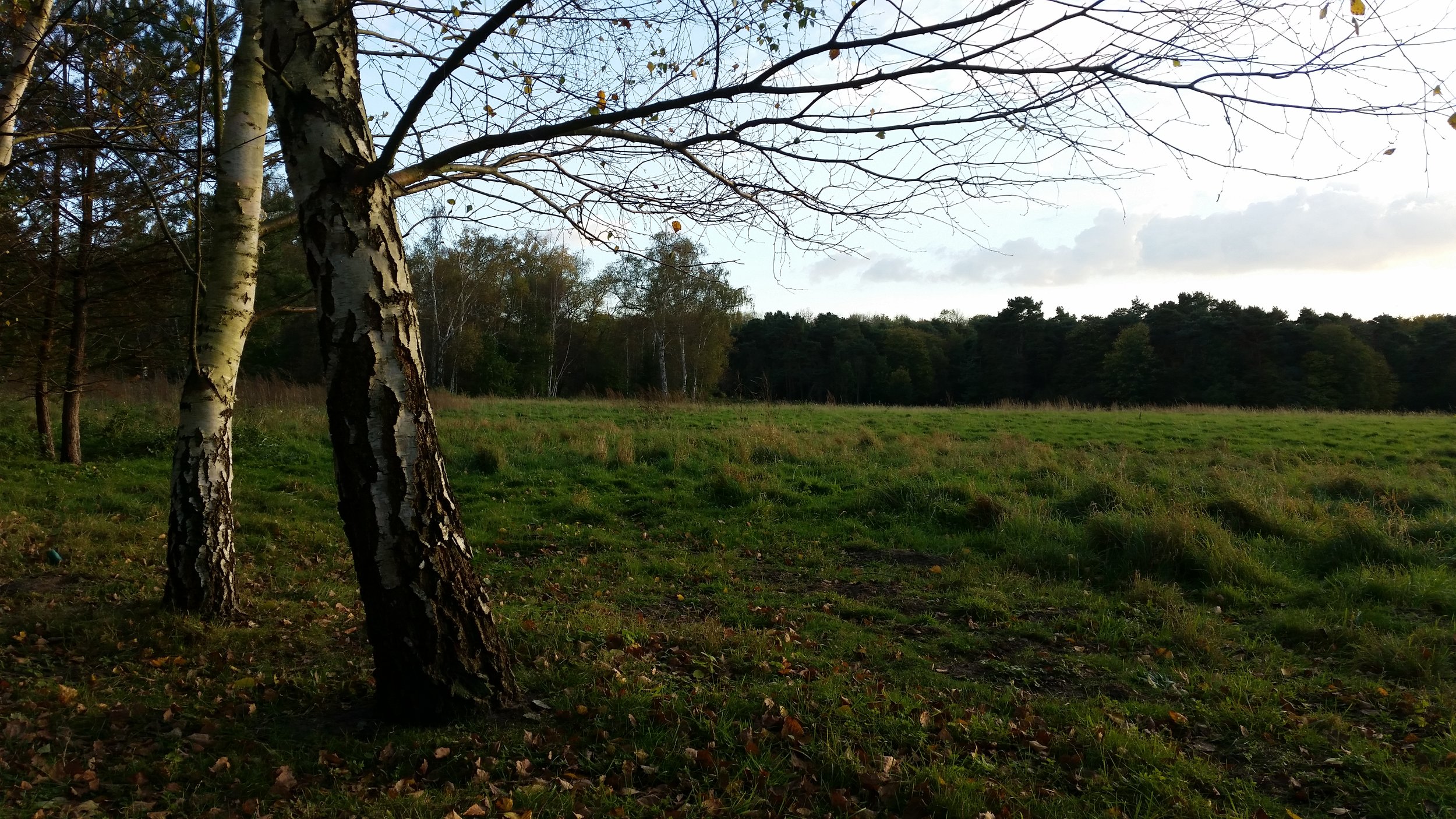
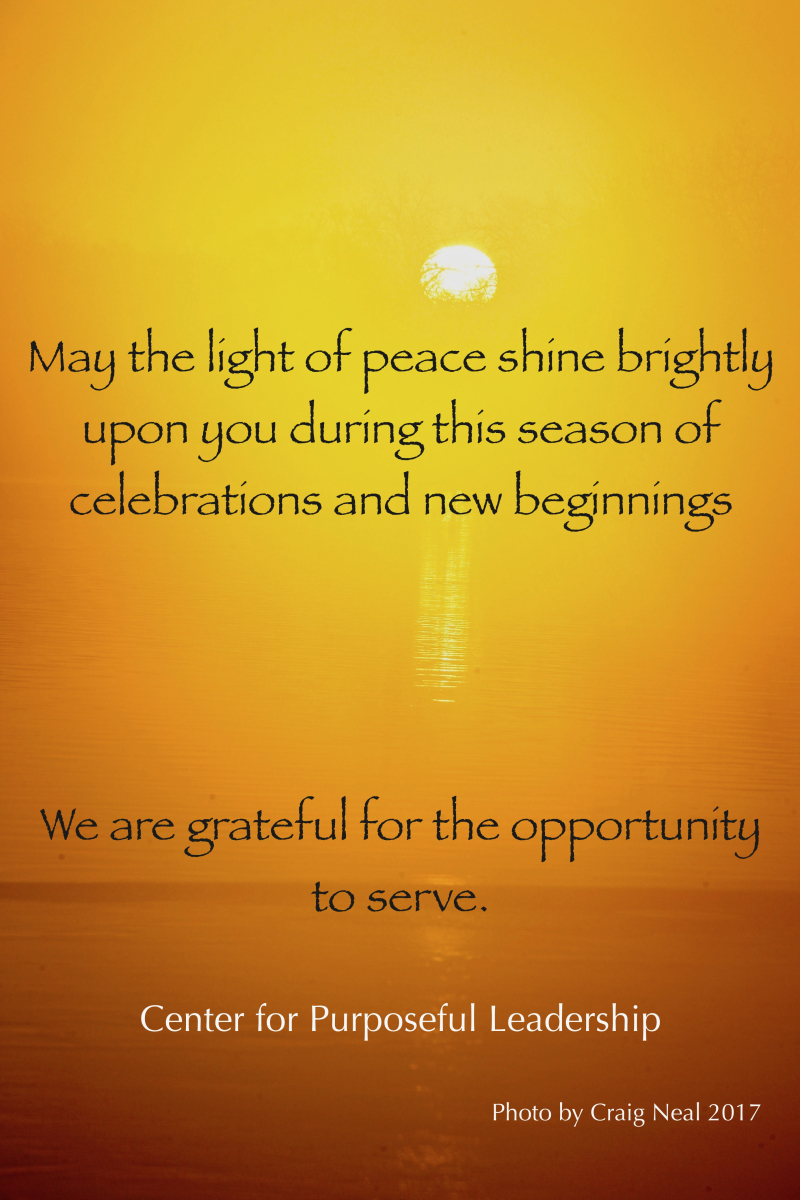


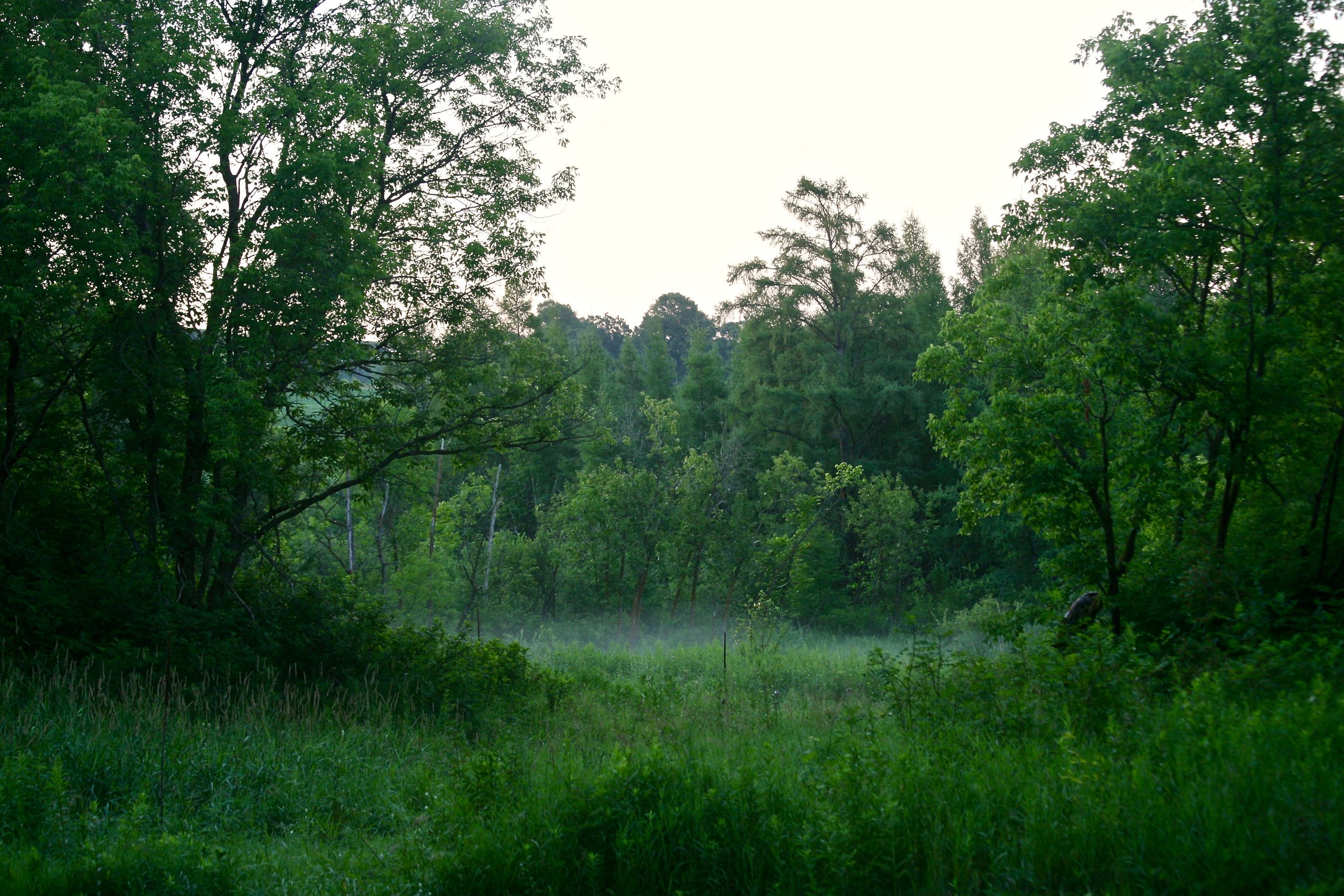





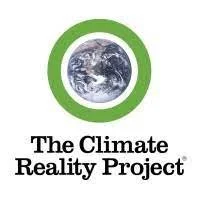














![[Hearth] Voices from Ukraine: Part 2](https://images.squarespace-cdn.com/content/v1/58a4e3be9de4bb98b066fd6f/1647955546471-VUGA4FCGFEUYJ29TEQVA/sunforest-mix-sunflower-types-1586794598.jpeg)

